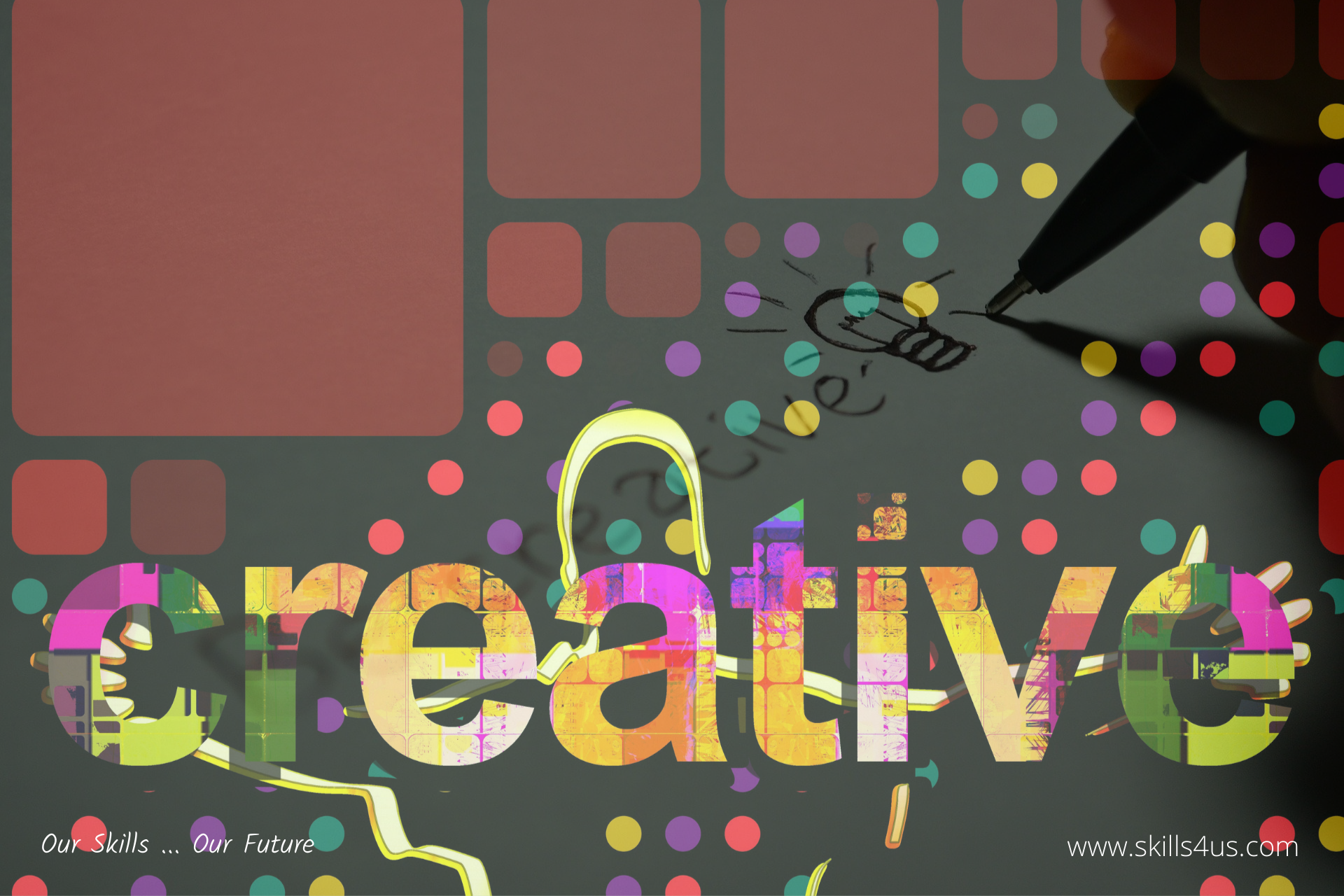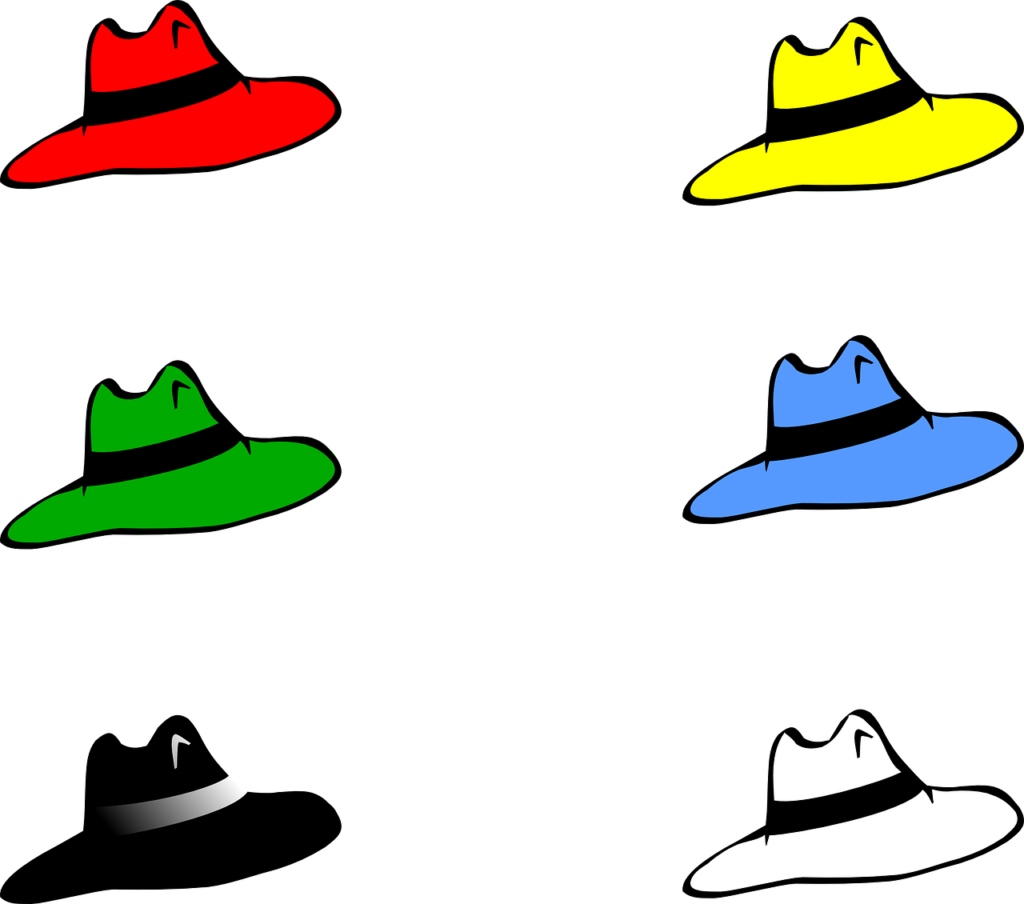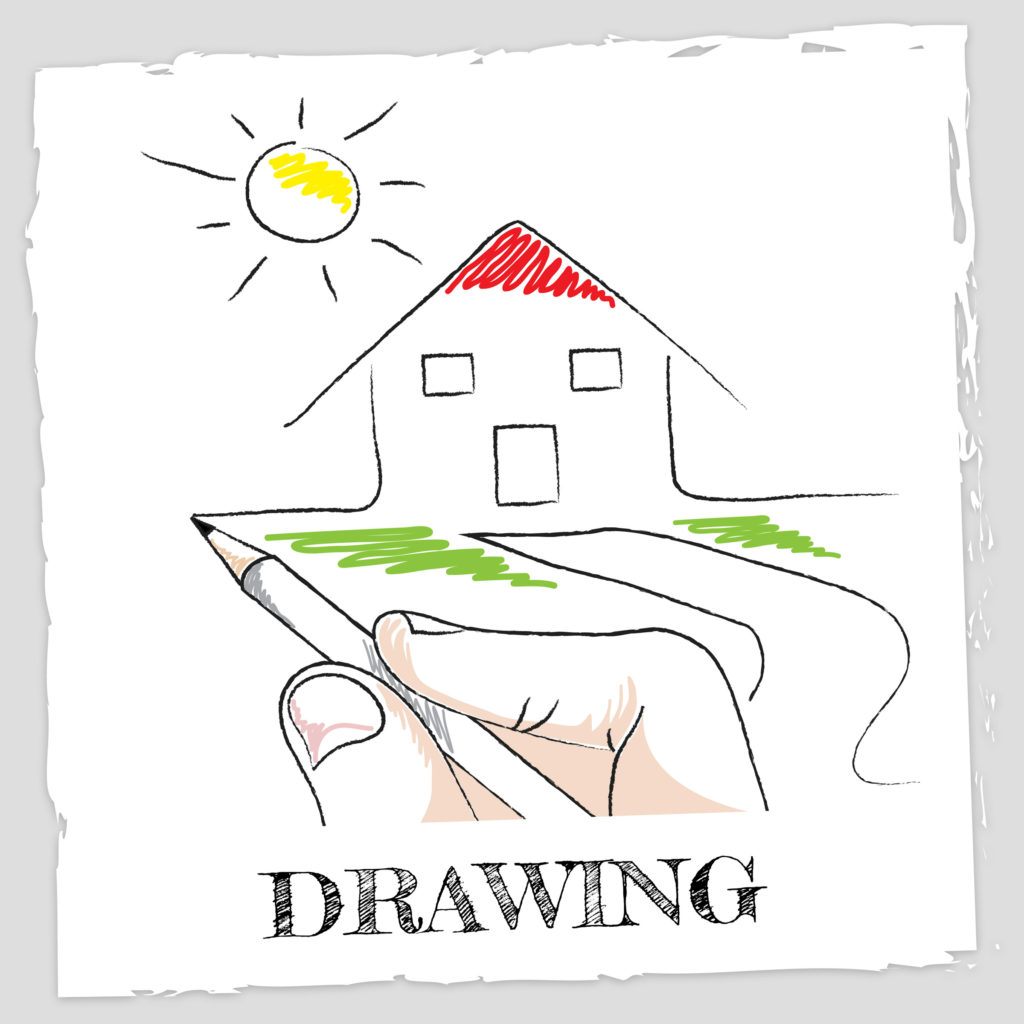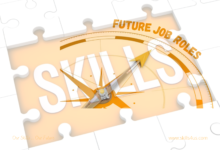
Important Tips And Steps Make You More Creative
You might think of creativity or a personality trait that some people naturally possess, such as successful and creative entrepreneurs. Everyone can be more creative by just taking the appropriate steps. Note that it is a process in which the steps depend on imagination and more outstanding originality on each other. There should be a radical shift in the way most people think. Coming up with good ideas is not something we leave until there is an urgent need. Instead, it is a skill you can practice daily to solve life’s problems and discover its opportunities.
Feel like you lack imagination? Everyone can be more creative – it just takes practice.
Here are steps for creativity development, along with a sampling of tips that can help you to be more creative:
1. Ask the Right Question
There are many techniques to generate many questions:

- Quickly write ten variations of the same question, noting not to overthink.
- Correct your mistakes. Criticize a defective product or situation that you deal with every day. It can increase creativity because minor problems are often more significant problems.
- Make something and then reinterpret it, and you have to do something unfamiliar to you. This process cancels out your first assumptions and forces you to think about new perspectives.
2. Be an Expert
The secret of extraordinary success lies not in natural ability but constant practice. Research indicates that to perform at a high level in a skill takes 1,000 hours of training. However, it is not just about doing the same thing over and over again, and instead, you must master tasks that are slightly beyond your capabilities. You have to become an expert in a field before getting creative in it. Successful creators not only love knowledge, but they also seek it. They can’t remove asking questions, and they always go above and beyond what they’ve learned from teachers and books.
3. Be Open and Aware
Creative people are always looking for possible solutions. Can do this for you to practice mindfulness, which involves noticing things on purpose and not associating the people you meet based on your expectations or the categories you have set in your mind. Instead, be open and curious and resist people’s stereotypes. Stay away from strictness and cling to one idea, and look only from one point of view and one angle of things. Note that this will not help you think creatively and “outside the box”!
- Create your Luck. Researchers have found that people who describe themselves as lucky tend to notice things more than unlucky people who describe themselves as unfortunate. They also work on unexpected opportunities and communicate well with others because they are curious. Unlucky people tend to be so nervous and focused on narrow goals that they miss opportunities.
- Don’t let accidents bother you. Many inventions came about because someone didn’t skip an accident; they studied it instead.
- Play with children’s games. Children’s play is good and helps form new bonds. For example, if you go into almost any super creative company, you will find games everywhere.
Young children are amazingly creative because of their curiosity, imagination, and thirst for knowledge. They ask questions about all things; Because they are new to them. It appears when playing with children, as the questions satisfy their curiosity and enlighten their minds and thinking. When you ask questions, ideas will generate in the imagination that helps in creative thinking.
4. Play and Imagine
When you play, your mind can be active, and your subconscious mind can have time to work. It is why time off work is essential for creativity to thrive.
- Explore the future. Imagine yourself achieving massive success five years from now. Write as many details as possible about this success.
- Leave something and return to it. If you leave a task a little incomplete at the end of the day, it may be easier to start the next day. It is because cognitive threads are left hanging in your mind, and as you perform your non-work activities, your subconscious mind may get stuck on them and give you surprising insight.
- Be a beginner. Learn how to do something new.
5. Generate Many Ideas
It is the part where you come up with ideas, many of them.

- List unusual uses of tools. Give yourself time to come up with a long list. Don’t worry if your thoughts are stupid or not.
- Try to change the form of communication. It is where you use the free association to keep creating new words. But the point is to use a different kind of connection between each.
- Determine the time of the idea. Set a regular time when you are calm, relaxed, and not distracted. As you do this, you will notice that new ideas emerge.
6. Smelting of Ideas
It involves combining things that don’t usually go together. People who received unrelated words made more creative stories.
- Make connections remotely. For example, go to page 123 in two different books and find the fifth sentence in each book. Now create a story that tells the relationship between the information on the two pages.
- Use analogy. Look for similarities between two things that seem different to everyone. Find something removed from your issue, and then identify five structural characteristics of it.
- Interact with people who have different thoughts about you.
7. Choose the best ideas
If you have followed the first six steps, you should have many ideas. Now the matter is choosing the best.
- know what you want. You have to trust your intuition to do this, meaning that an idea has beauty. You can go for simple, elegant, and powerful ideas.
- Make ideas compete with each other. Identify two ideas and determine how they differ, even in the most subtle ways. You’ll come up with groups of ideas and look at the exciting differences between the pictures; They may all differ in the same dimension.
- Look beyond the good. Once you decide that the idea is good, identify its pros and cons, and assign each one a number from (1 to 10) according to how important it is. The total of the pros should be much higher than your balance for the cons. It would be great if you also considered the worst-case scenario. What bad things would happen if your idea didn’t work?
- Never stop searching and checking. Always everything could be better. Find a devil’s advocate to develop a set of reasons why your idea is terrible. Or ask people you trust to be honest with you to consider your concept critically. Even failed can repurpose ideas.

To achieve this, you can use the “thinking hats” technique. This popular method of Edward de Bono in the early 1980s is now used by companies worldwide. It involves putting on a selection of metaphorical hats when making a decision. Thinking about topics and making decisions rationally and creatively, and each hat represents a different direction, and it was classified according to colors as follows: White: realities, Red: emotions, Black: judgment and caution, Yellow: rationality, Green: creativity, Blue: control.
8. Create something out of your excellent ideas
Use design thinking, which seeks to bring simple versions of an idea into the world as soon as possible, perhaps within one minute or a day, using simple materials to shape a new concept. It is a way of thinking that often leads to more ideas. It is also an effective model for facing challenges, solving problems, developing and improving lives by finding innovative and creative non-traditional solutions that are human-centered and based on understanding the needs and desires of the target audience.

- Draw a picture. Even if you think you can’t, no one should see what you’re drawing on paper. Please take advantage of the problems you encounter and turn them into drawings and sketches on paper. For example, your relationship with someone or a stressful workload.
- Create a poster board.
Get several magazines and look for pictures and ads. Cut out anything related to your problem and stick it on a large piece of poster board. Keep this art close to your desk where you can think about it. You may get a new perspective on your problem.
The most remarkable finding of scientists is that creativity does not come from a superintelligence or renewed and modern thinking. Instead, it is a matter of practicing imagination and dreaming. Therefore, everyone who strives to be creative should devote enough time to meditate, visualize, and daydream. Although it might sound easy, the nature of modern life dictates how you make use of this allotted time as a result of daily chores and chores as well as following on social media.



